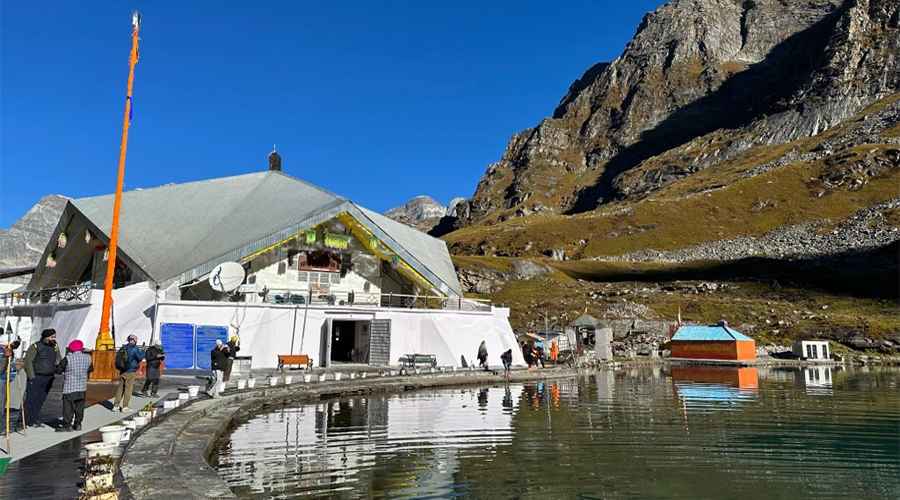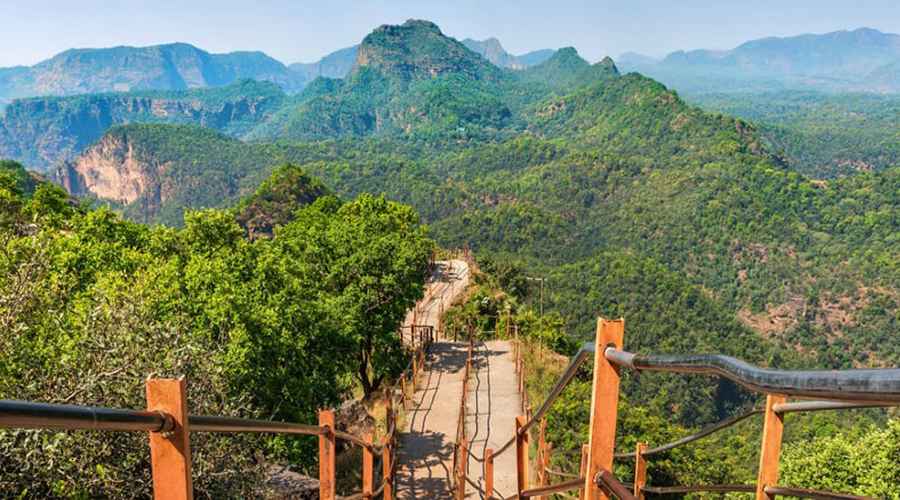The ISKCON Temple in Bangalore, also known as Sri Radha Krishna Temple, stands as a magnificent landmark combining spirituality, cultural heritage, and architectural brilliance. Established by the International Society for Krishna Consciousness (ISKCON), it is dedicated to Lord Krishna and his consort Radha. Since its inauguration in 1997, it has become a revered spiritual hub, attracting thousands of devotees and tourists, while promoting Krishna consciousness through vibrant activities and education programs.
History of ISKCON Temple Bangalore
The journey of ISKCON Bangalore began with the registration of the ISKCON Bangalore Society in 1978 under Karnataka Societies Registration Act. The society was committed to spreading the teachings of Srila Prabhupada, the Founder-Acharya of ISKCON, based on scriptures like the Bhagavad-gita and Srimad Bhagavatam. Initially, the society worked from a rented house in Bangalore during the 1980s, but visionaries dreamed of a grand temple and cultural complex.
Land for the temple was allotted by the Bangalore Development Authority in 1988 on a rugged seven-acre hillock, deemed waste land. This challenging site inspired innovative architectural solutions. Construction began in 1990 under the guidance of Sri Madhu Pandit Dasa, a civil engineer from IIT Mumbai, along with architect Jagat Chandra Dasa. The project evolved from a simple Rs. 10 crore design to a stunning architectural marvel costing Rs. 32 crore. Skilled craftsmen dedicated over 10 million man-hours, using vast quantities of stone, cement, and steel to bring this vision to life.
The temple was officially inaugurated on May 31, 1997, by then-President of India Dr. Shankar Dayal Sharma, who praised it as a blend of tradition and modernity, and a symbol of devotion and culture. Since then, ISKCON Bangalore has continuously grown as a center for spiritual learning, devotional practices, and social services, drawing visitors worldwide.
Architectural Features
The ISKCON Bangalore temple is renowned for its unique architectural style, which beautifully fuses traditional South Indian temple design with modern aesthetics. The design incorporates the principles of Vaastu Shastra—the ancient Indian science of architecture—aimed at harmonizing the structure with cosmic energies and natural elements.
A striking feature of the temple is the combination of a towering gopuram (temple tower) with modern materials like glass, symbolizing a blend of the majestic and the contemporary. The temple complex spreads over a vast area with multiple blocks including the main temple sanctum, prayer halls, a large dining hall (where prasadam or holy food is served), a library, and facilities for spiritual education and cultural events.
The temple’s sacred atmosphere is enhanced by its intricate stone carvings, statues, and depictions of episodes from Krishna’s life. The internal sanctum houses the deities Sri Sri Radha Krishna and Balarama, ornately decorated and adorned during daily rituals.
Spiritual Activities and Guide for Visitors
ISKCON Bangalore is not just an architectural gem; it serves as a dynamic spiritual center promoting Krishna consciousness and Bhakti Yoga. The temple follows the teachings of Srila Prabhupada, emphasizing devotion to Krishna, vegetarianism, chanting the holy names, and scriptural study.
Daily rituals begin early with Mangala Aarti, a special ceremony to awaken the deities, followed by Sringar Darshan where the idols are elegantly dressed and decorated. Devotional singing (kirtans) and readings from sacred texts like the Bhagavad Gita, Srimad Bhagavatam, and Chaitanya Charitamrita are regular features, creating an immersive spiritual experience for visitors.
The temple organizes various spiritual education programs designed to inculcate Krishna Consciousness. Programs like Krishna Ashraya offer workshops and courses that enable participants from different walks of life to deepen their spiritual understanding and practice, both onsite and online. These initiatives have brought transformative benefits to many attendees, guiding them towards a life devoted to spiritual growth and ethical living.
For visitors, the temple provides a peaceful refuge from city life. It encourages participation in devotional activities, attending festivals, exploring the library’s religious literature, and partaking in prasadam. Festivals like Janmashtami (Lord Krishna’s birthday) are celebrated with grandeur, drawing large crowds.
Visitor Information
ISKCON Bangalore is easily accessible within the city and welcomes people of all backgrounds. The temple timings generally start early morning, and it remains open for most of the day with special events and classes scheduled regularly. The temple complex includes well-maintained gardens and spaces for meditation and reflection, making it an ideal spiritual destination.
In summary, ISKCON Temple Bangalore is a remarkable blend of traditional devotion, artistic architecture, and modern spiritual education. It stands as a beacon of Krishna consciousness and cultural preservation amid Bangalore’s bustling urban setting, inspiring millions to embrace a path of devotion, knowledge, and inner peace.
This article captures the ISKCON Temple Bangalore’s rich history, architectural uniqueness, and its role as a thriving spiritual center that guides visitors on Krishna consciousness, making it a must-visit destination in the city.



